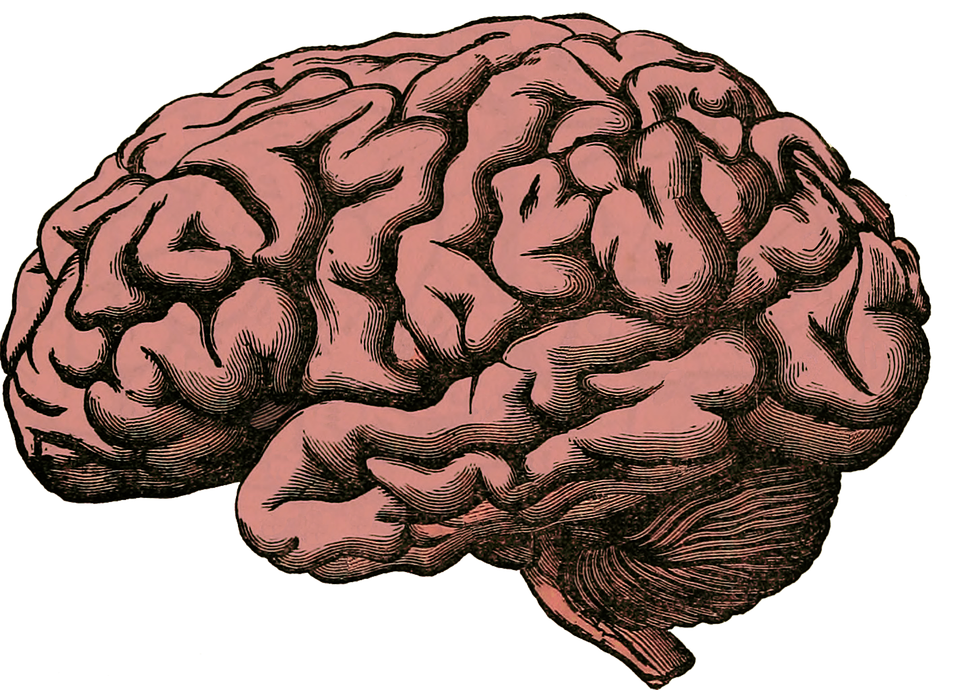Media Release
From: Springer NatureAlzheimer’s disease defined by differences in brain deposits
Variations in the structure of amyloid-beta peptide deposits that develop in the brain tissue of patients with Alzheimer's disease are associated with different clinical subtypes of the disease, a study published online in Nature this week indicates. A better understanding of the neurotoxic amyloid-beta aggregates and of correlations between their structure and disease subtypes might help the development of new diagnostic tests and treatments for Alzheimer's disease.
The self-assembly of amyloid-beta peptides into fine protein fibres called fibrils or other structures is a key feature of Alzheimer's disease, and it has been suggested that different fibril formations may be correlated with variations in disease subtypes. To investigate this association, Robert Tycko and colleagues analysed amyloid-beta fibrils prepared from 37 brain tissue samples from 18 individuals. These included patients with either typical Alzheimer's disease or two unusual subtypes — rapidly progressive Alzheimer's disease, in which neurodegeneration occurs within months, and posterior cortical atrophy Alzheimer's disease, which is associated with disruption of visual processing.
The authors find that a single specific fibril structure is dominant in samples from patients with either typical Alzheimer’s disease or the posterior cortical atrophy form, whereas samples from patients with the rapidly progressive disease display a range of different fibril structures. These findings support the theory that different clinical subtypes of Alzheimer's disease might be defined by different amyloid-beta fibril structures.

Expert Reaction
These comments have been collated by the Science Media Centre to provide a variety of expert perspectives on this issue. Feel free to use these quotes in your stories. Views expressed are the personal opinions of the experts named. They do not represent the views of the SMC or any other organisation unless specifically stated.